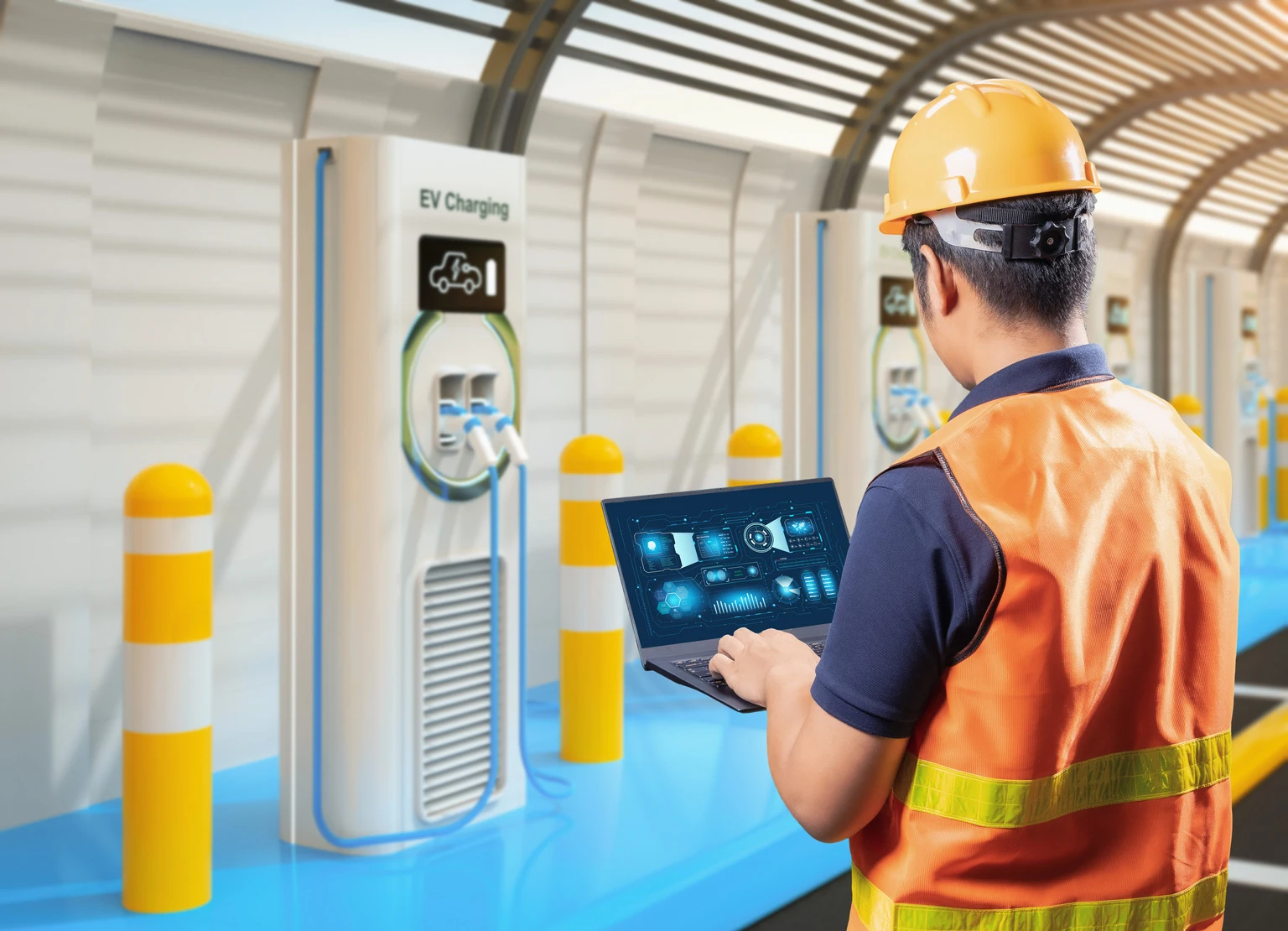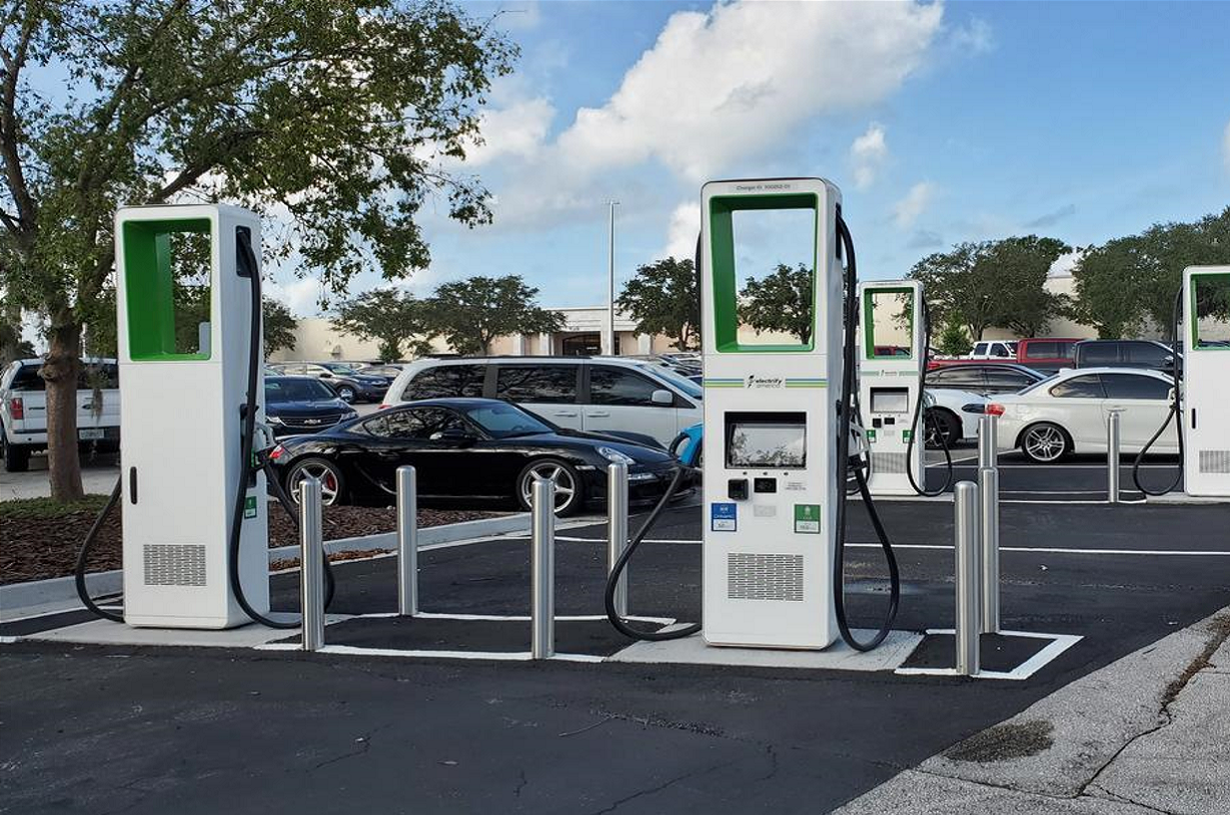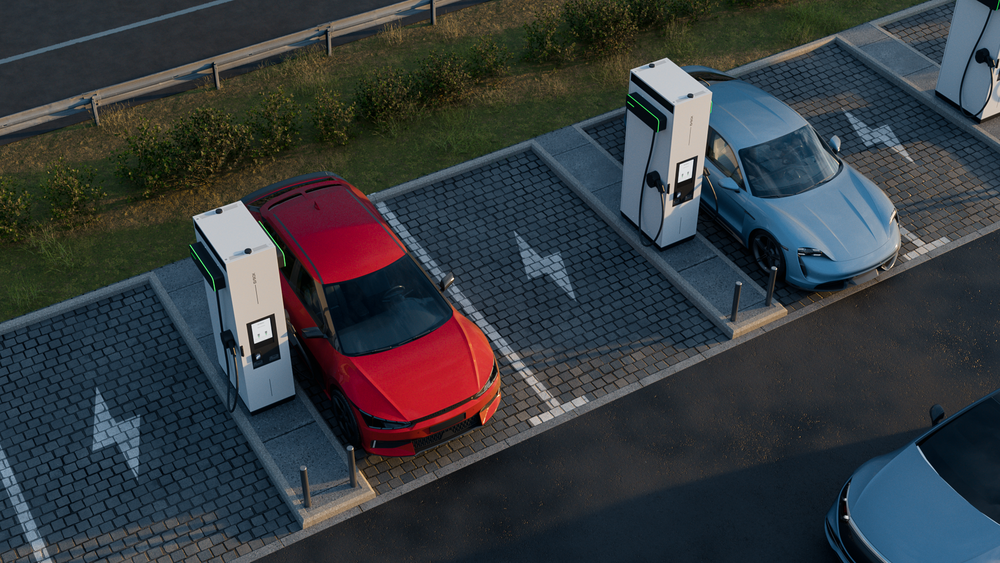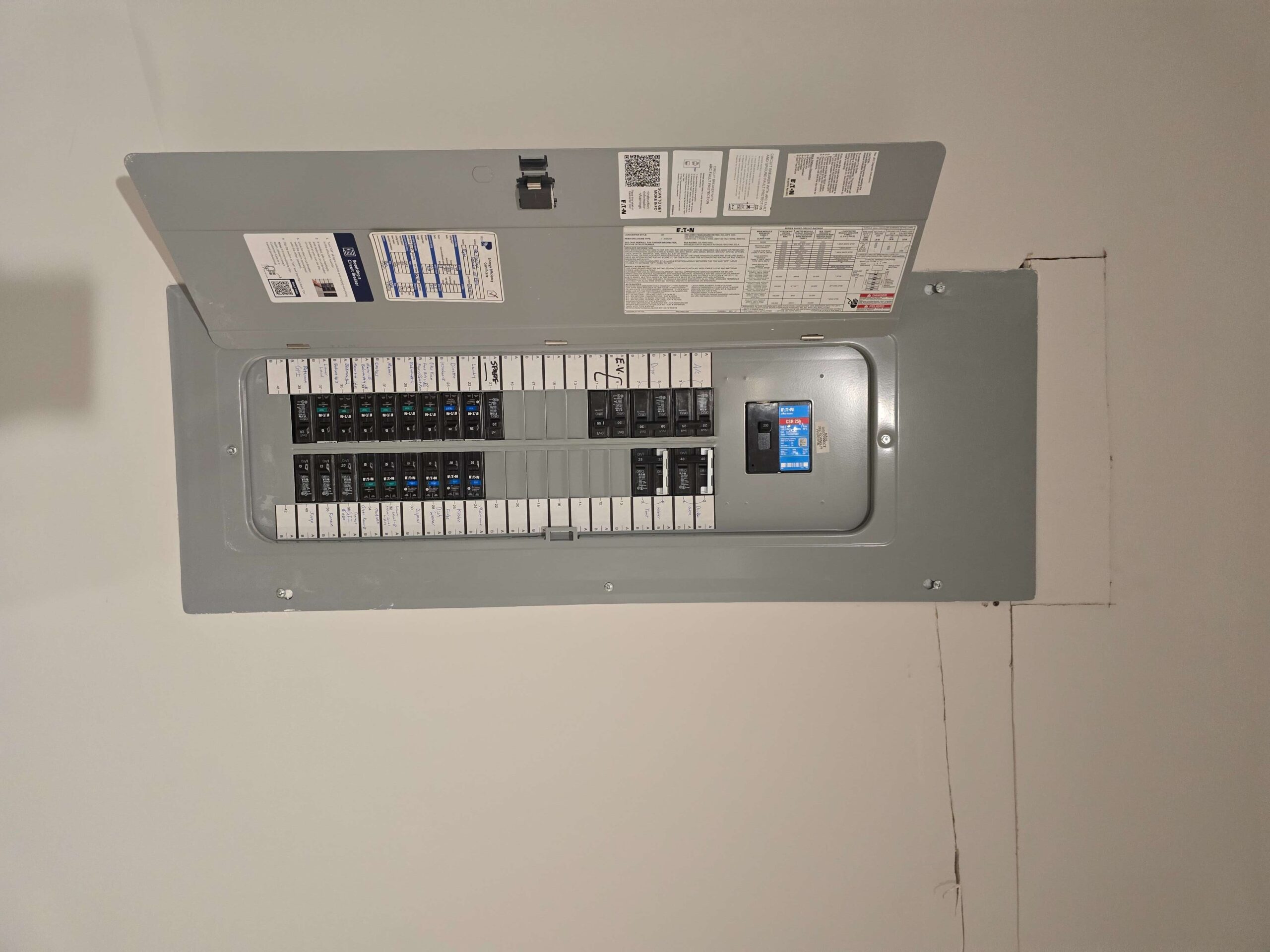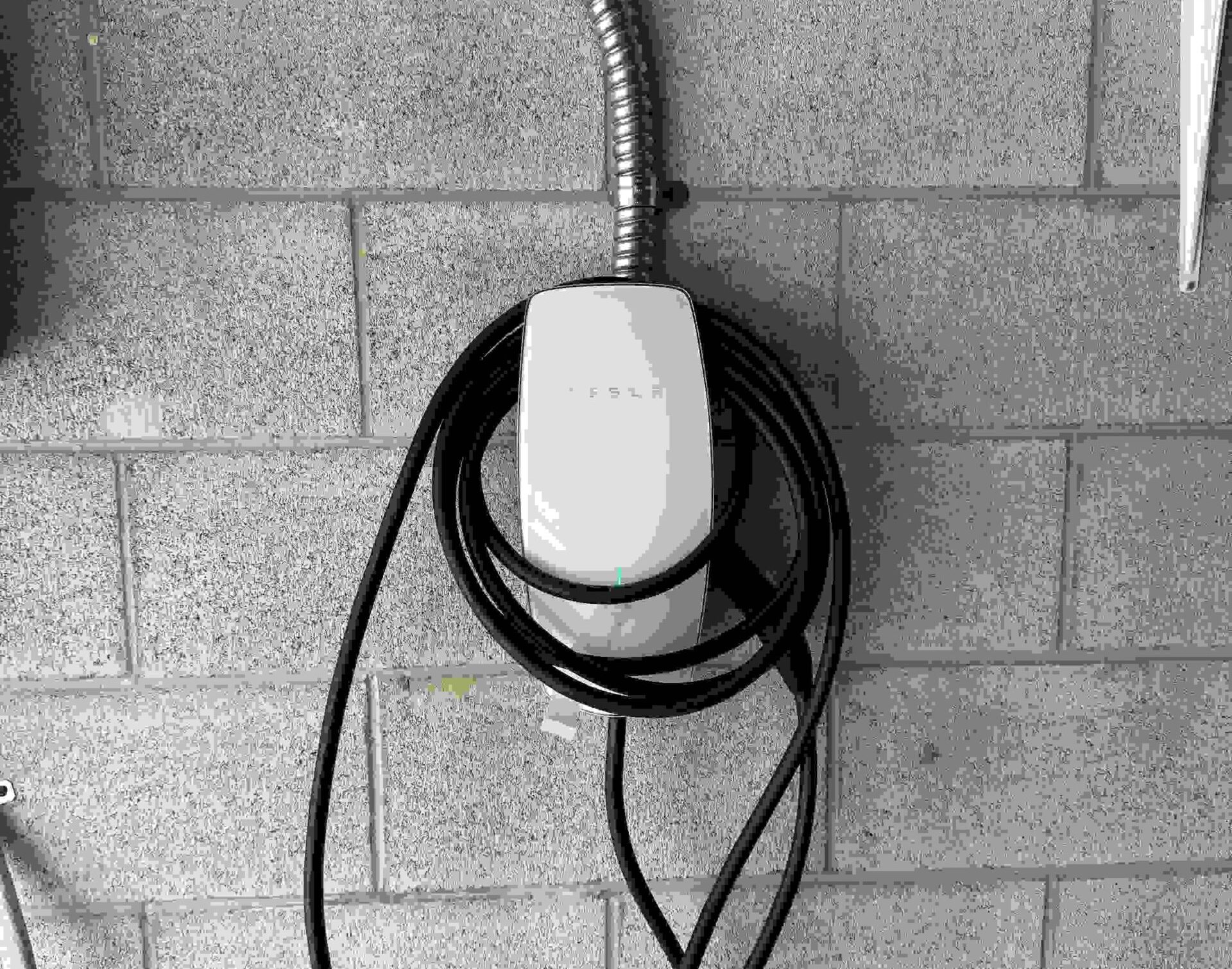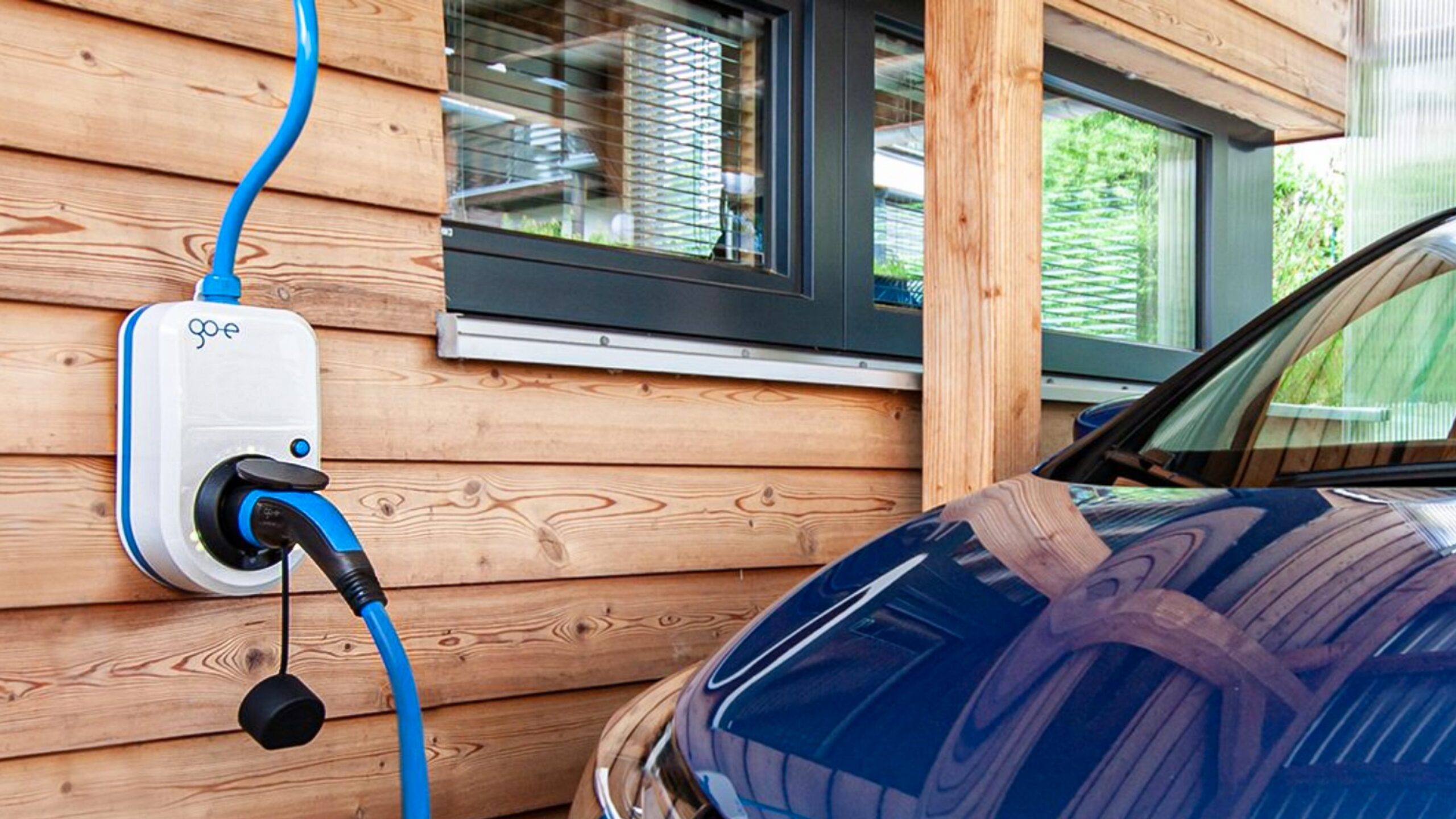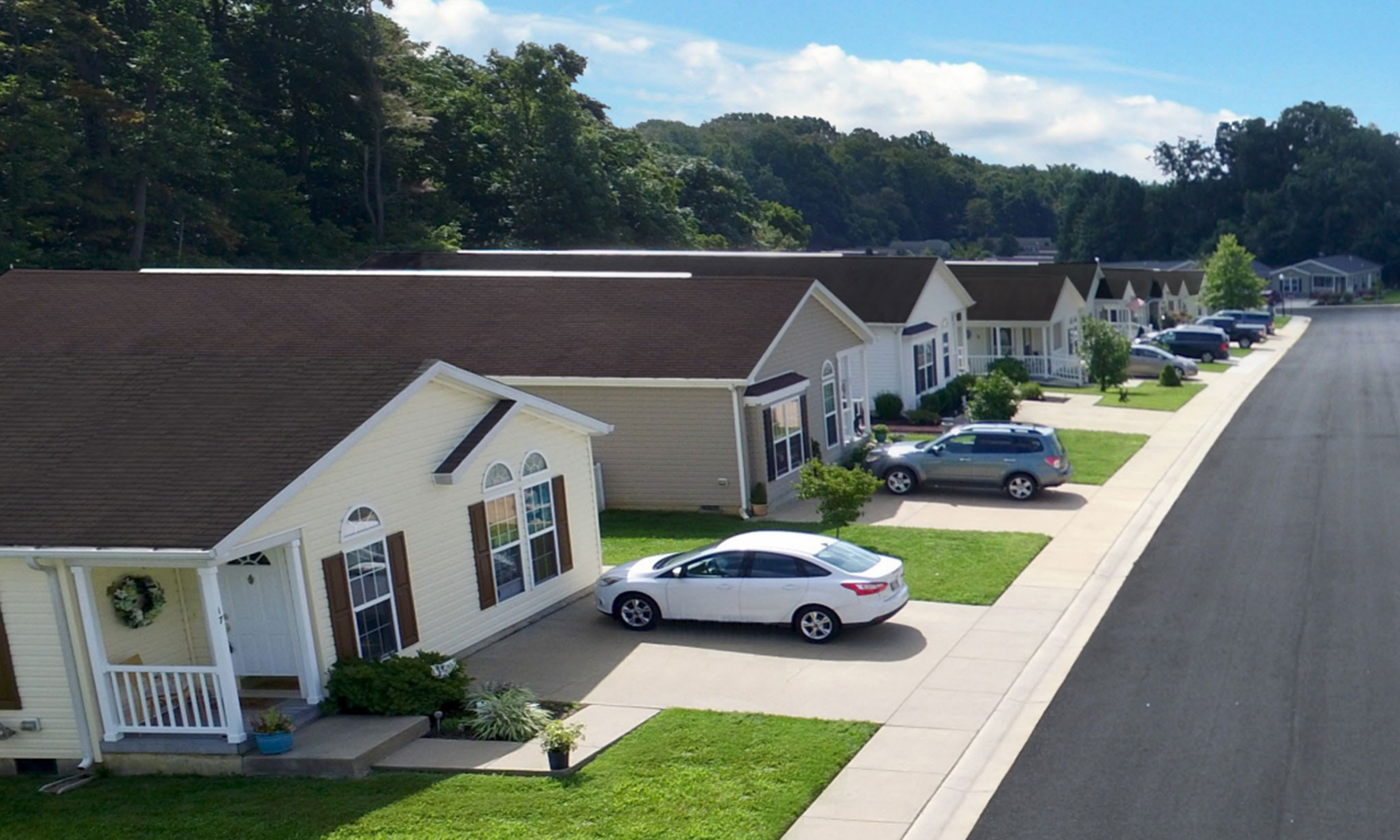
You’ve made the exciting decision to join the electric vehicle revolution, cruising silently through the streets of New Albany in your new Tesla or other EV. You’ve researched the perfect level 2 electric car charger and can already imagine the convenience of waking up to a “full tank” every morning. But then, a practical question stops you cold: “Will my home’s electrical system actually handle this?”
If you live in one of the many beautiful older homes in New Albany, Powell, or the surrounding Columbus areas, this isn’t just a minor detail; it’s the crucial first step that determines whether your EV dream becomes a safe reality or a potential electrical nightmare. The answer often hinges on one critical component: whether you need service panel upgrades.
That gray metal box in your basement or garage is the unsung hero of your home’s electrical system. It manages the power for everything from your refrigerator and air conditioner to your lights and television. But it was likely designed for a different era, long before homeowners considered adding a device that draws as much continuous power as a central air conditioning unit. Adding a level 2 EV charger to an outdated or overloaded panel isn’t just an inconvenience; it’s a significant safety risk that can lead to frequent breaker trips, damaged appliances, and, in worst-case scenarios, electrical fires.
As the trusted local electricians at Electric Medic, we’ve performed countless assessments for homeowners in New Albany, Worthington, Westerville, and Dublin asking this exact question. The process isn’t about guessing; it’s about a precise, professional evaluation of your home’s electrical capacity. This comprehensive guide will walk you through everything you need to know about your electrical panel’s relationship with EV charging. We’ll demystify load calculations, explain the clear signs that an upgrade is necessary, and outline the entire process, empowering you to make an informed, safe decision for your home and family.
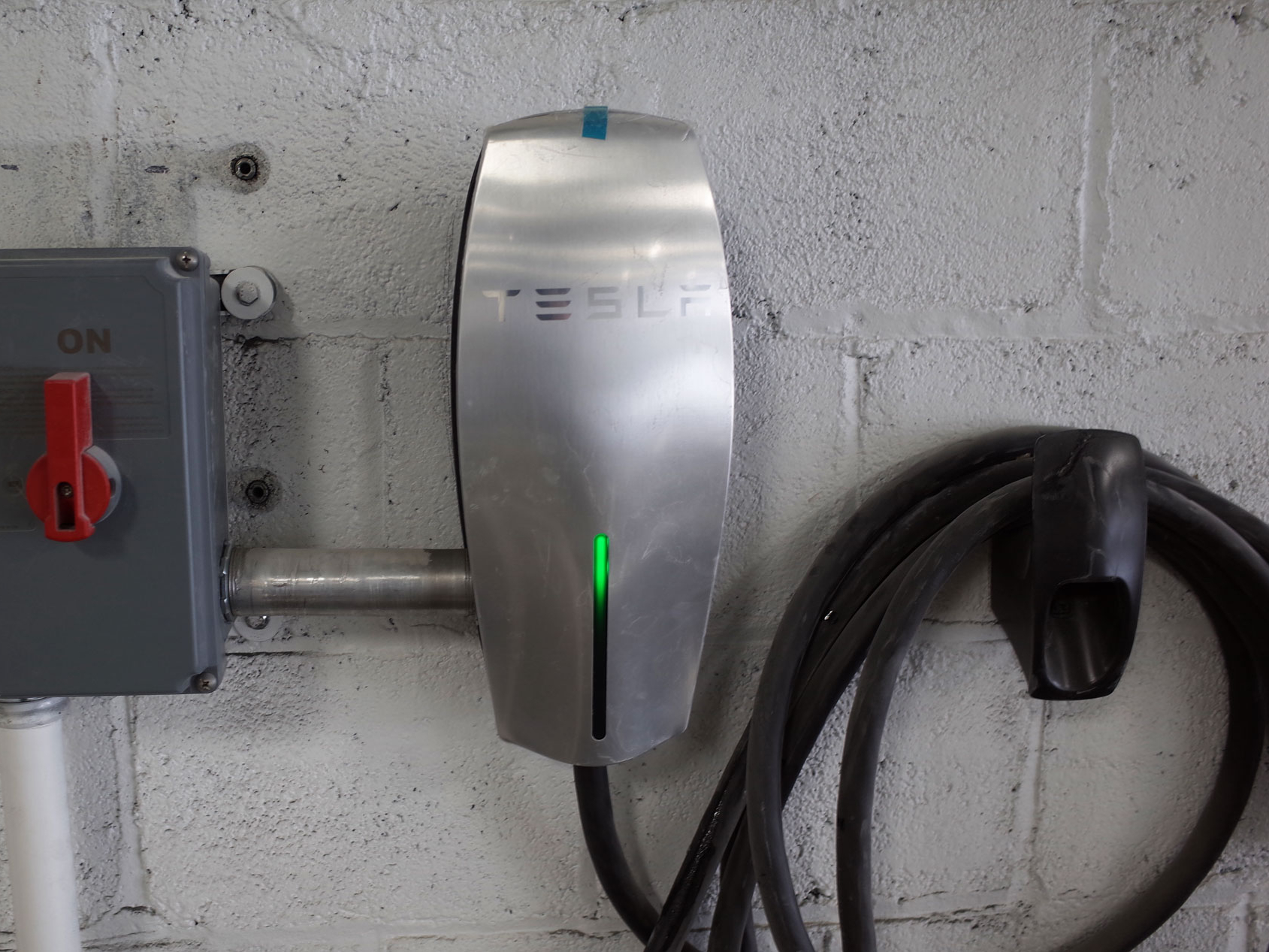
Understanding the Power Demand: Why a Level 2 EV Charger Demands Service Panel Upgrades
To understand why your electrical panel is so important, you first need to appreciate the significant power draw of a level 2 home charger. It’s in a completely different league than the devices your home’s electrical system was originally built to handle.
The Astonishing Comparison: EV Charger vs. Common Household Appliances
Let’s put the energy consumption into perspective. A typical level 2 electric vehicle charger operates on a 240-volt circuit and can draw between 16 and 48 amps of continuous power. For comparison:
- Standard Household Outlet (Level 1 Charging): 120 volts, 12-16 amps → Adds 2-4 miles of range per hour.
- Level 2 EV Charger: 240 volts, 32-48 amps → Adds 25-44 miles of range per hour.
- Electric Clothes Dryer: 240 volts, 24-30 amps.
- Central Air Conditioner: 240 volts, 20-50 amps.
- Electric Range/Oven: 240 volts, 30-50 amps.
As you can see, adding a level 2 EV charger installation is essentially like adding a second central air conditioner or electric range to your home’s electrical load. It’s not a small addition; it’s one of the most power-hungry appliances you will ever install.
The Critical Role of Your Main Service Panel
Your main electrical service panel, often called the breaker box, is the distribution hub for all the electricity entering your home. Its capacity is measured in amperes (amps). The two most common service sizes we encounter in central Ohio homes are:
- 100-Amp Service: This was the standard for decades and is still found in many homes built from the 1950s through the 1980s in neighborhoods like Olde Towne East and parts of Clintonville.
- 200-Amp Service: This is the modern standard for new construction and renovated homes, providing ample capacity for today’s high-energy lifestyles, which often include multiple large appliances, central air, home offices, and, of course, EVs.
The fundamental question is whether your existing service has enough spare capacity to safely and reliably support the massive new load of an EV charger without overloading the entire system.
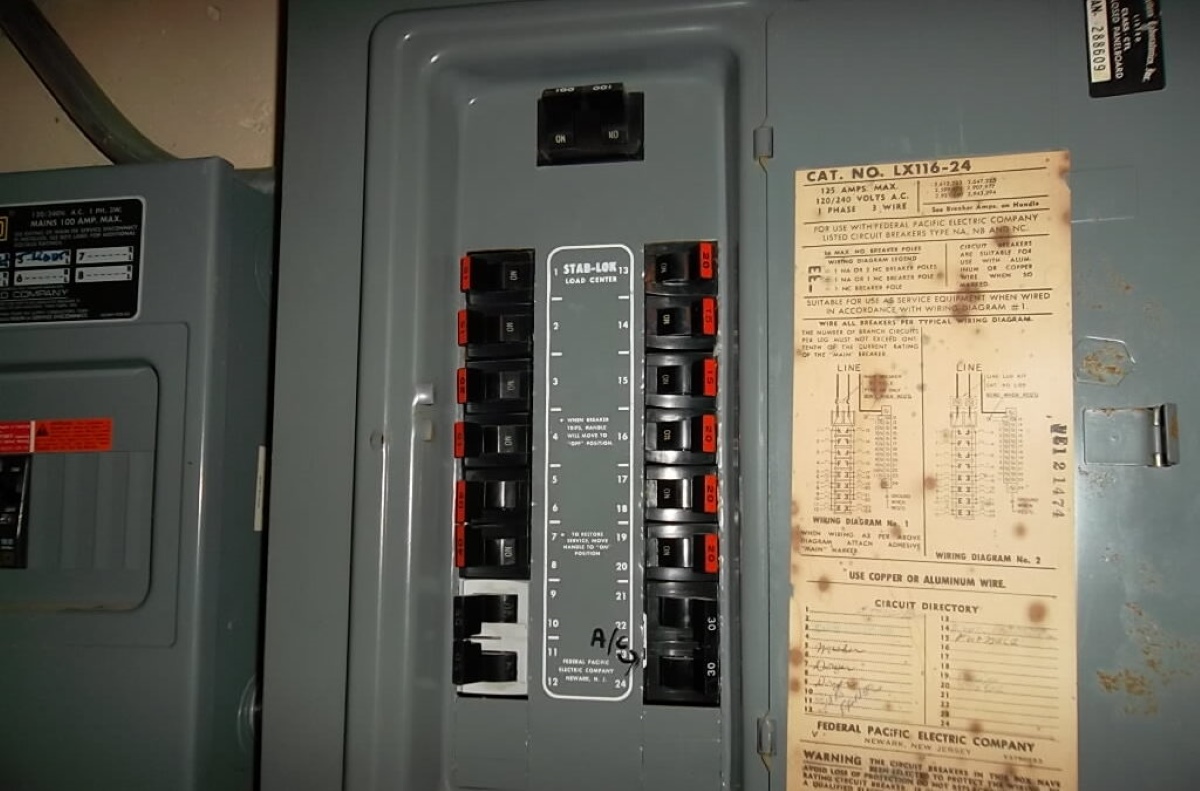
The Telltale Signs Your Home Needs Service Panel Upgrades
How can you tell if your panel is already struggling or will struggle with an EV charger? Your home’s electrical system often sends clear warning signs. If you notice any of the following, service panel upgrades are likely in your near future.
1. Your Breakers Trip Frequently (Without the EV Charger)
This is the most common red flag. If your circuit breakers are constantly tripping when you use multiple appliances—like when the air conditioner and microwave are running simultaneously—it’s a strong indicator that your panel is already operating at or near its maximum capacity. Adding an EV charger to this strained system is a recipe for constant frustration and potential danger.
2. You Still Have a Fuse Box or an Outdated Breaker Panel
If your home has an old-fashioned fuse box with screw-in fuses, service panel upgrades are non-negotiable, not just for the EV charger but for your overall home safety. Similarly, certain brands of breaker panels, like Federal Pacific Electric (FPE) or Zinsco, are known to be unsafe and prone to failure. These should be replaced immediately, regardless of your EV plans.
3. You Use a Plethora of Power Strips and Extension Cords
If you have fewer wall outlets than you have devices, leading to a spider web of power strips, it means your home’s electrical circuitry is outdated. This often coincides with an undersized main service panel that wasn’t designed for our modern, device-heavy lives.
4. Your Lights Flicker or Dim Regularly
Do your lights dim when the refrigerator kicks on? Or flicker when you start the vacuum cleaner? This phenomenon, called “brownout,” occurs when a large appliance draws a sudden surge of power, causing a temporary voltage drop for the rest of the house. It’s a classic symptom of an overloaded electrical system.
5. Your Panel Feels Warm or Emits a Buzzing Sound
Your electrical panel should never be warm to the touch, and you should never hear a persistent humming or buzzing sound coming from it. These are serious warning signs of overloaded circuits, loose connections, or failing components, all of which pose a significant fire hazard.
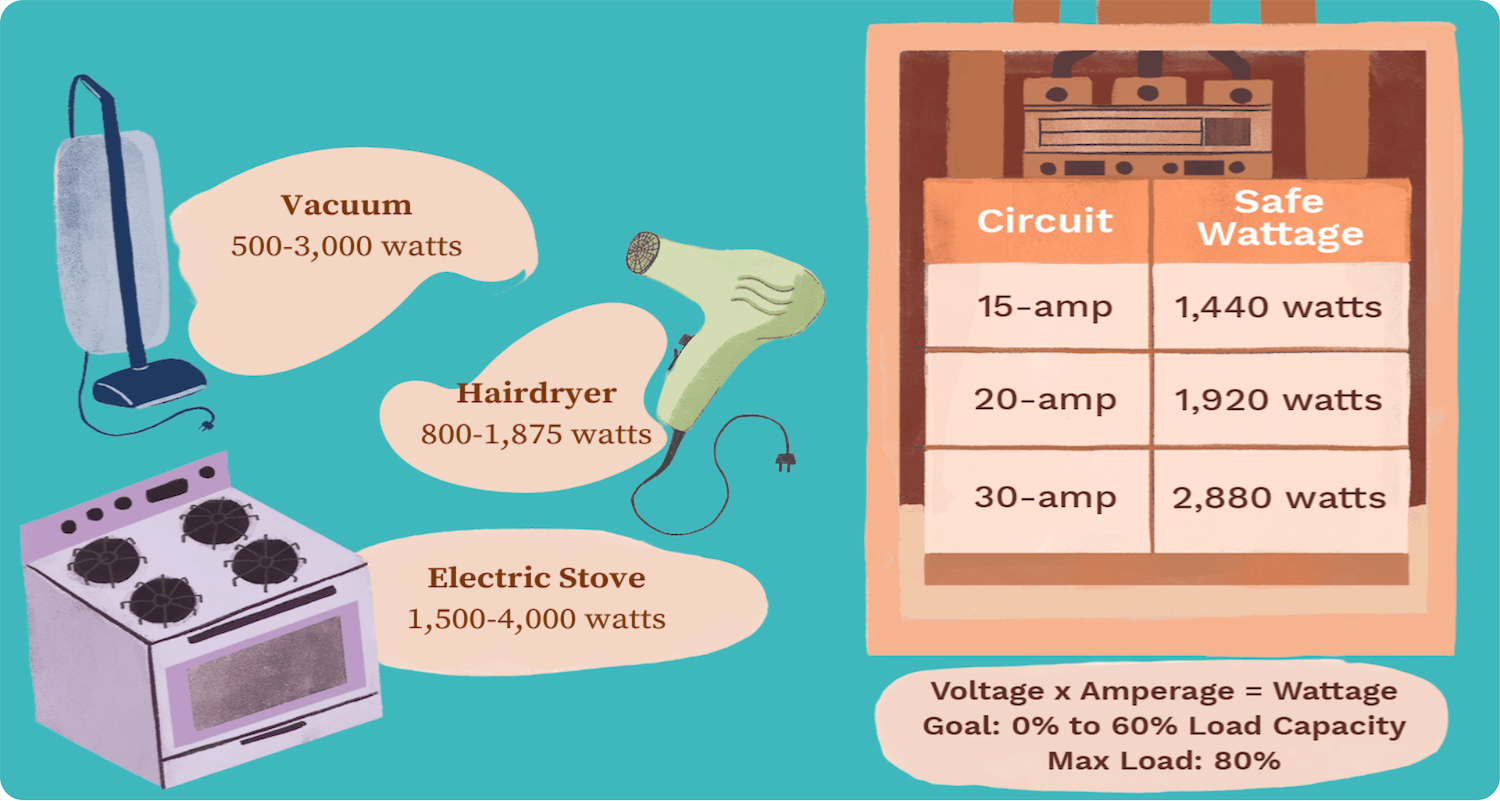
The Professional Load Calculation: The Only Way to Know for Sure
While the signs above are strong indicators, the only way to know for certain if you need service panel upgrades is through a professional load calculation. This isn’t a guess; it’s a mathematical process performed by a licensed electrician to determine your home’s total electrical demand.
What is a Load Calculation?
A load calculation is a detailed analysis that considers all the fixed appliances (water heater, HVAC, etc.) and the general lighting and receptacle loads in your home. It applies a demand factor (since not everything runs at full power simultaneously) to determine the realistic peak load your electrical service must support.
A Simplified Scenario: The 100-Amp Panel Dilemma
Let’s consider a typical New Albany home with a 100-amp service panel:
- Central A/C: 30 amps
- Electric Dryer: 30 amps
- Electric Range: 40 amps
- Electric Water Heater: 30 amps
- Lighting & Outlets: 30 amps (after demand factors)
Even with demand factors applied, the total load can easily approach or exceed 100 amps. Now, try to add a level 2 charger installation that requires a 40-amp or 50-amp circuit. The math simply doesn’t work. The system would be chronically overloaded, leading to constant tripping and dangerous overheating of wires.
During our assessment, we will perform this precise calculation. If the results show that your existing service cannot handle the additional load of an EV charger, we will recommend service panel upgrades to 200 amps. This isn’t an upsell; it’s a necessary step to ensure safety, reliability, and code compliance.
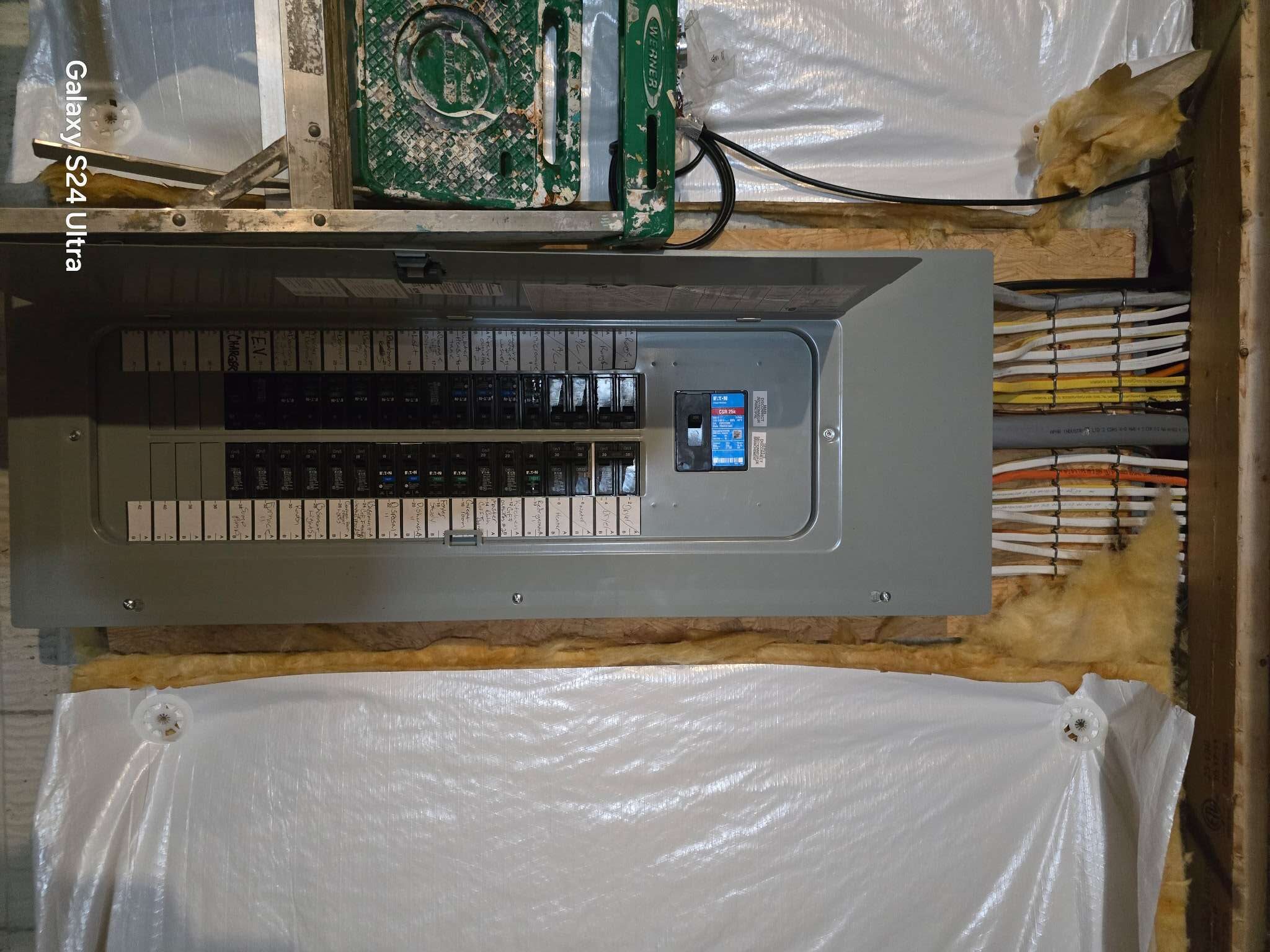
Service Panel Upgrades Process: What to Expect
If a load calculation determines you need an upgrade, understanding the process can make it much less daunting. Here’s a step-by-step breakdown of what professional service panel upgrades entail with Electric Medic.
Phase 1: The Detailed Assessment and Planning
This initial consultation is the most critical step. Our certified electrician will:
- Perform the formal load calculation.
- Evaluate the condition and location of your existing panel.
- Check the incoming service lines from AEP Ohio to ensure they can support 200 amps.
- Discuss the optimal location for the new panel and your new EV charger.
- Provide a transparent, all-inclusive quote for the project.
Phase 2: Permitting and Utility Coordination
- We pull all required electrical permits from your local municipality (New Albany, Columbus, etc.), ensuring the work will be inspected and certified.
- We coordinate with AEP Ohio to schedule the necessary power shutdown and service connection. This is a step that homeowners cannot do themselves.
Phase 3: The Installation Day
- Power Shutdown: AEP Ohio will disconnect power at the meter. Your home will be without power for the duration of the panel swap.
- Panel Replacement: We carefully remove the old, outdated panel and install the new 200-amp panel, transferring all existing circuits and ensuring each is properly labeled.
- EV Charger Circuit: We install the new dedicated circuit for your level 2 car charger installation at the same time, making the process incredibly efficient.
- Testing and Activation: Once the new panel is installed and the EV circuit is ready, AEP Ohio is called to reconnect power. We then thoroughly test every circuit and the new EV charger to ensure perfect operation.
Phase 4: Final Inspection and Peace of Mind
We schedule the final inspection with the local building department. The inspector will verify that the installation meets all safety codes. This official sign-off is your guarantee of a safe, legal, and high-quality installation.
READ ALSO: How Long Does a Panel Upgrade Take? Your Complete Timeline from Start to Finish
Addressing Common Myths and Concerns
Myth 1: “I can just use a lower-amperage circuit to avoid an upgrade.”
Reality: While you can install a charger on a smaller circuit (like 20 or 30 amps), it will charge your vehicle much more slowly. More importantly, if your panel is already maxed out, even a smaller circuit may not be safe. The load calculation determines the true safety, not just the circuit size.
Myth 2: “The electrician who installs the charger will just tell me I need an upgrade to make more money.”
Reality: A reputable, licensed electrician’s primary concern is safety and code compliance. Recommending an unnecessary upgrade would be unethical and could create a liability. The load calculation provides objective, mathematical proof of the need.
Myth 3: “My neighbor has an EV and didn’t need an upgrade, so I won’t either.”
Reality: Every home is unique. Your neighbor might have a newer home with 200-amp service, different major appliances (e.g., a gas dryer and water heater instead of electric), or a different usage pattern. Their situation has no bearing on the specific capacity of your electrical system.
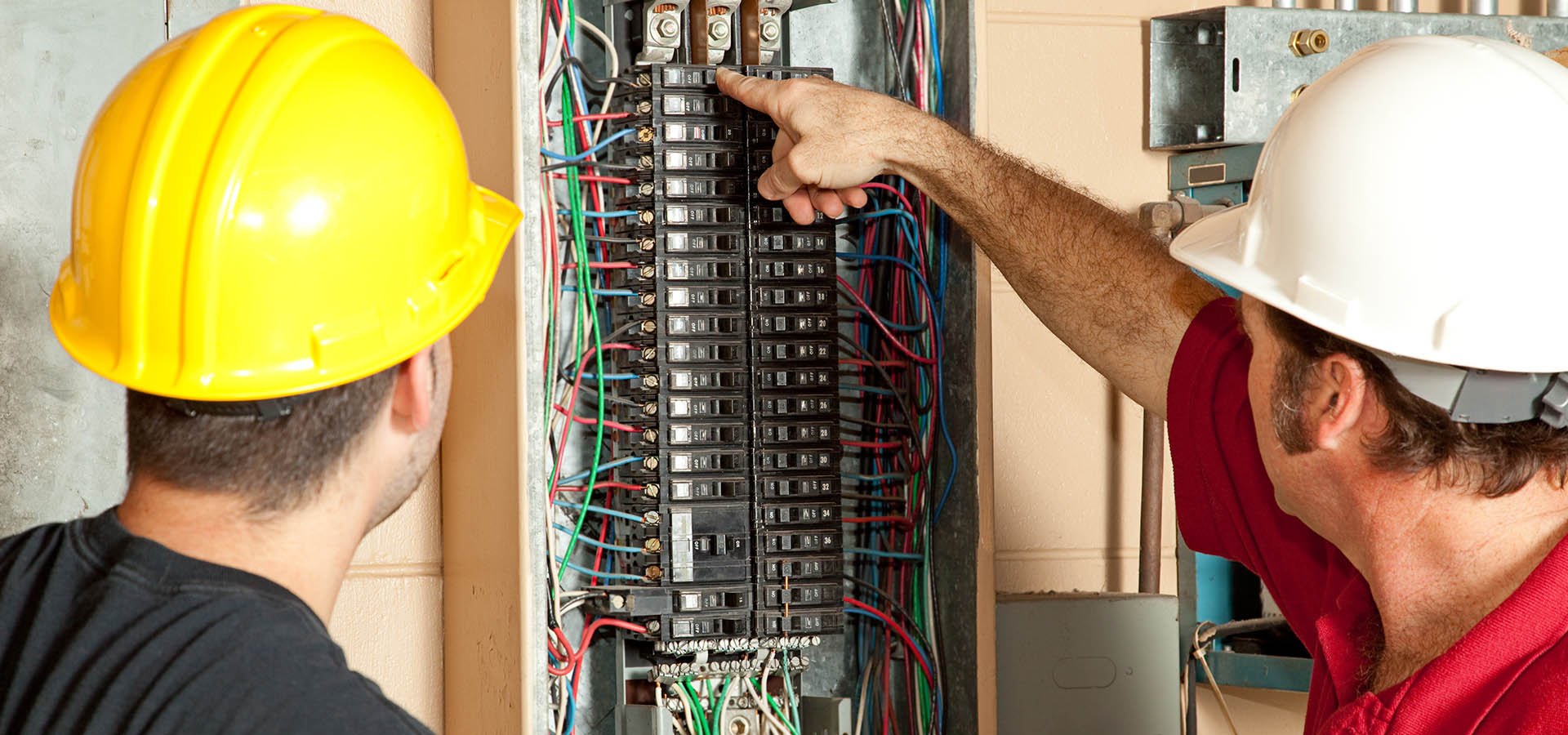
FAQ: Service Panel Upgrades and EV Chargers in Central Ohio
Q1: How much does a 200-amp service panel upgrades cost in Columbus?
A: The cost for service panel upgrades typically ranges from $2,500 to $4,500, depending on the complexity of the installation, the need for a new meter socket, and local permit fees. When bundled with an EV charger installation, it can be a more efficient overall project.
Q2: How long does the entire upgrade process take?
A: The physical panel swap and EV charger installation typically take a full day (6-10 hours). The entire process, from assessment to final inspection, usually takes 1-2 weeks, accounting for permit approval and utility scheduling.
Q3: Will AEP Ohio charge me to upgrade my service?
A: AEP Ohio typically does not charge a fee to upgrade the service drop from 100 to 200 amps if the existing wires are inadequate. However, the cost of the panel upgrade itself and any necessary masthead and meter socket replacement is the homeowner’s responsibility.
Q4: Can I install the EV charger first and upgrade the panel later?
A: It is not recommended. If our assessment shows you need an upgrade, installing the charger on an overloaded system is unsafe. Furthermore, doing the work separately means paying for two separate electrician visits and potentially two permits, which is less efficient and more costly.
Q5: Do you offer financing for service panel upgrades?
A: Yes, Electric Medic offers flexible financing options to make this critical home safety and improvement project affordable for homeowners in New Albany, Powell, and all across the Columbus area.
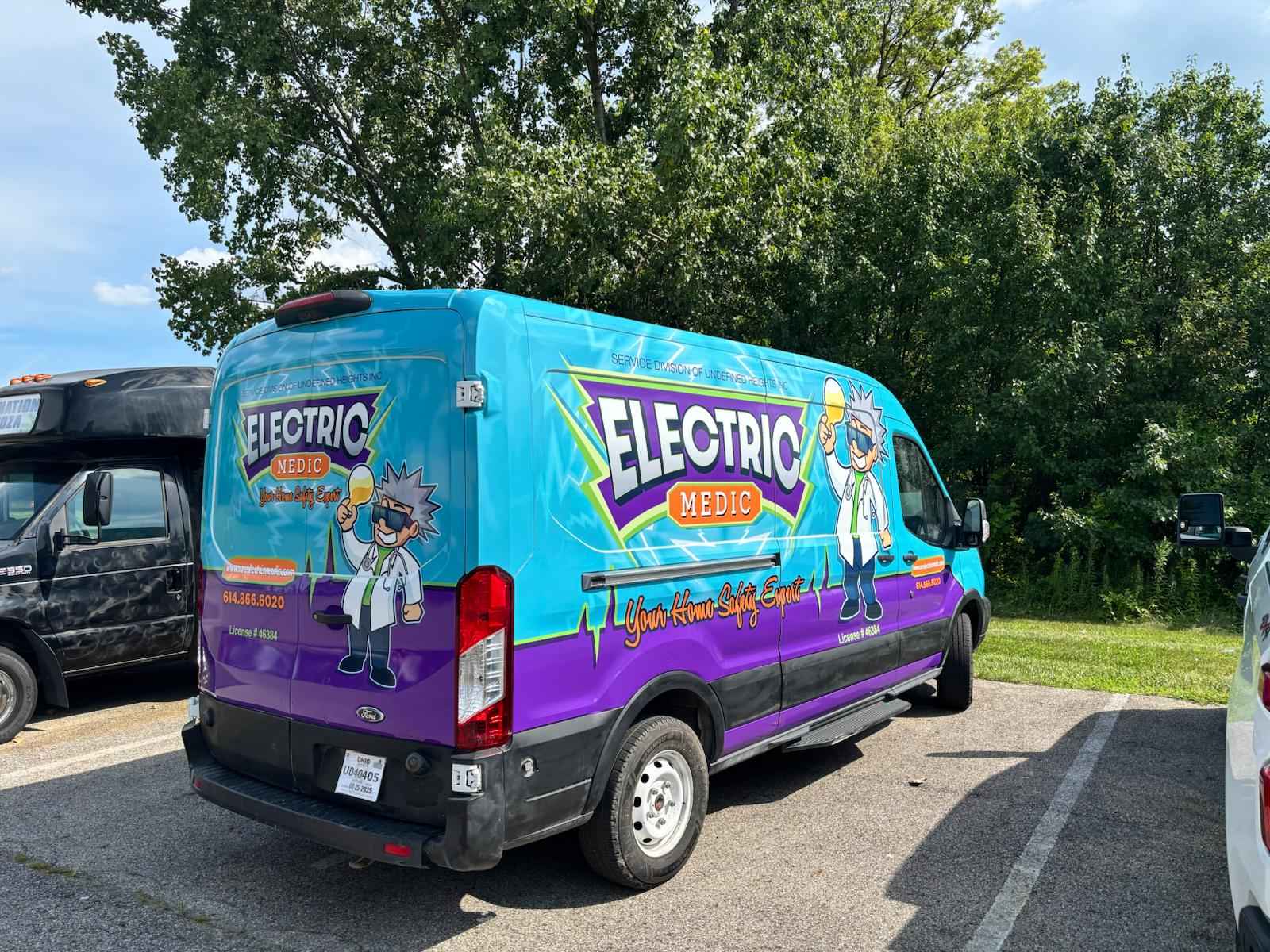
Don’t Gamble With Your Home’s Safety. Get a Professional Assessment, Call (614) 866-6020 Today
The decision to install an EV charger is a step toward a modern, efficient lifestyle. Ensuring your home’s electrical system is ready for it is a step toward safety and peace of mind. Guessing about your panel’s capacity isn’t just risky—it’s unnecessary. A professional load calculation from Electric Medic will give you a clear, definitive answer and a path forward.
Our local, certified team has the expertise to evaluate your New Albany, Powell, or Columbus-area home and provide honest, expert advice. We’ll tell you exactly what you need, why you need it, and provide a transparent price for the solution.
Stop wondering if your panel can handle it. Contact Electric Medic today to schedule your comprehensive electrical assessment. Let’s ensure your home is safe, powered, and ready for the future.

